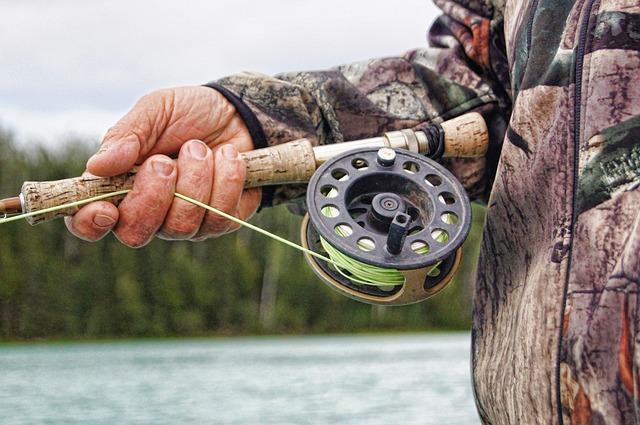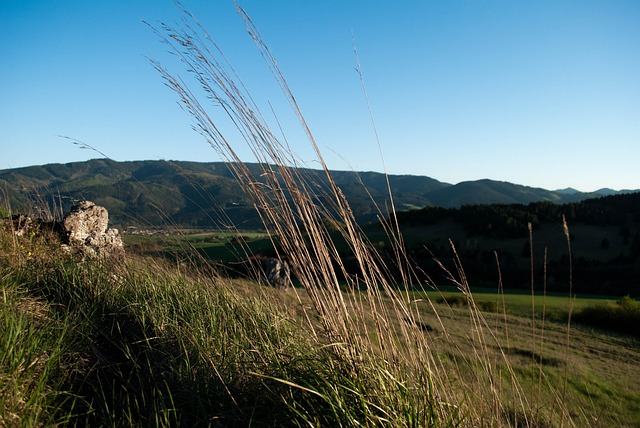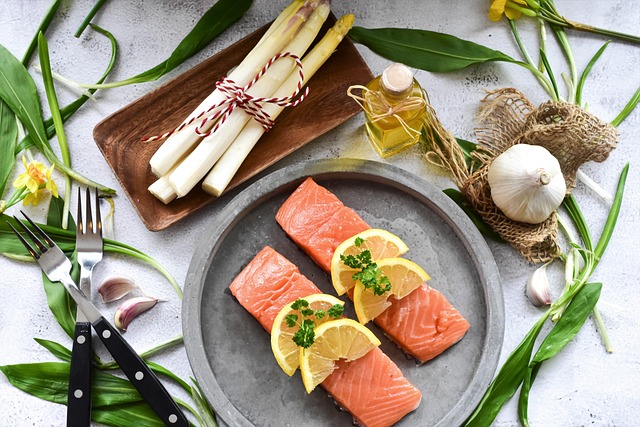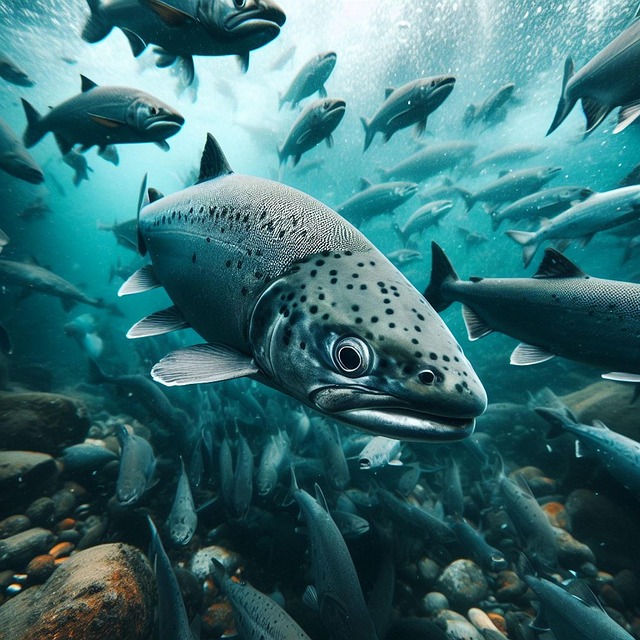Lane County salmon fishing varies by season and river, with peak migration in spring and fall. Use medium-light gear, live bait, and target current breaks for best results. Rivers like McKenzie, Willamette, Siuslaw offer diverse options, with techniques like drift fishing and fly casting. Bait choices include live baits and artificial lures; experiment based on conditions. Adjust techniques for water levels, currents, and salmon feeding habits. Comply with local regulations for responsible angling to preserve Lane County's natural gem.
Explore the thrill of catching wild salmon in Lane County’s pristine rivers and streams. This guide unveils the secrets to successful Lane County salmon fishing, covering optimal times of year, top fishing spots, and effective bait choices. Learn proven techniques tailored for diverse water conditions, ensuring memorable catches. Additionally, we’ll navigate local regulations and offer responsible fishing practices, ensuring a sustainable future for these remarkable species. Discover the art of Lane County salmon fishing techniques and get ready to cast your line in style.
- Best Times to Fish for Lane County Salmon
- Popular Rivers and Streams for Salmon Fishing
- Effective Bait and Lures for Maximized Success
- Catching Salmon: Techniques for Different Water Conditions
- Local Regulations and Tips for Responsible Fishing
Best Times to Fish for Lane County Salmon
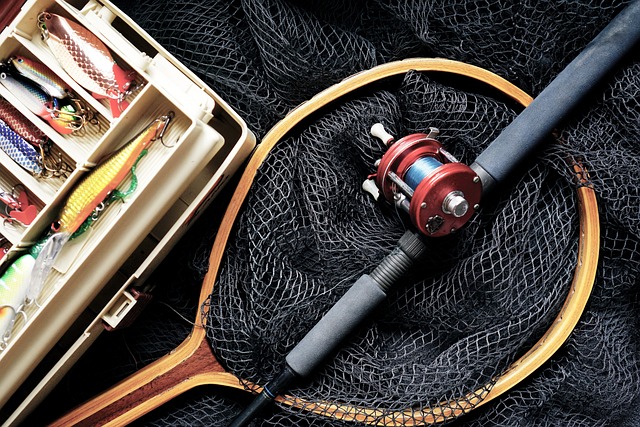
The best times to fish for Lane County salmon vary depending on the season and the specific river. Generally, early morning and late evening hours are considered prime time as salmon are most active during these periods due to cooler water temperatures. Spring and fall offer particularly good opportunities, with more salmon migrating upstream and downstream respectively. In summer, focus on deeper waters during hotter parts of the day to avoid stress on the fish.
For optimal Lane County salmon fishing techniques, use medium-light spinning gear with a floating or sink tip line. Live bait like nightcrawlers or small spinners and jigs are effective lures. Casting into current breaks, pools, and behind large rocks where salmon rest and feed can yield excellent results. Pay close attention to river conditions, as currents can change dramatically along the shore, providing both challenges and opportunities for successful Lane County salmon fishing.
Popular Rivers and Streams for Salmon Fishing
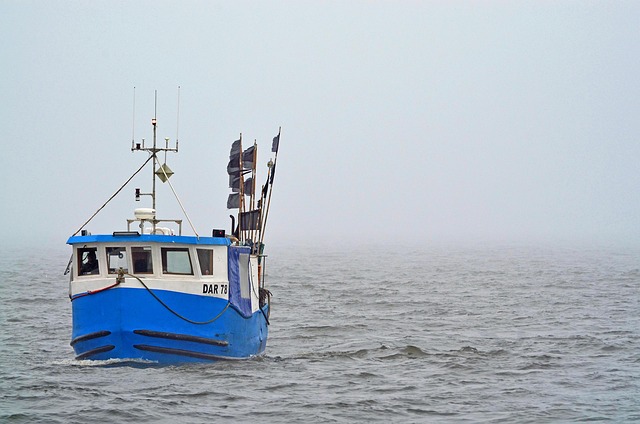
In Lane County, several rivers and streams offer exceptional opportunities for salmon fishing enthusiasts. The McKenzie River stands out as a top destination due to its consistent runs of Chinook, Coho, and Steelhead salmon. Known for its crystal-clear waters and scenic beauty, this river provides both challenging and rewarding fishing experiences. Another popular choice is the Willamette River, which flows through the heart of the county, attracting anglers with its diverse species, including Chinook and Coho.
For those seeking quieter, more secluded spots, the Siuslaw River and its tributaries offer a wealth of possibilities. These waters are particularly renowned for their healthy populations of Coho salmon and provide a chance to employ various Lane County salmon fishing techniques, from drift fishing to fly casting. The South Fork of the Siuslaw is especially favored for its pristine conditions and robust salmon runs, making it a must-visit location for serious anglers.
Effective Bait and Lures for Maximized Success
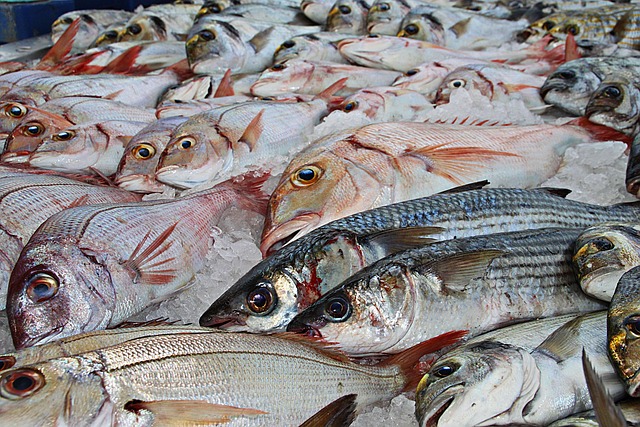
When it comes to effective lane county salmon fishing techniques, the right bait and lures play a crucial role in maximizing your success. Popular choices among anglers include live bait such as worms, minnows, and small fish, which are highly attractive to salmon. These natural baits mimic the prey that salmon commonly feed on, increasing the likelihood of a bite.
For those who prefer artificial lures, spinners, jigs, and flies can be extremely effective. Spinners create a lot of splash and movement in the water, while jigs and flies imitate small baitfish or insects. Fly fishing is particularly popular in Lane County due to its unique technique and ability to cover more water without disturbing the surface too much, which is advantageous when targeting salmon. Experimenting with different types of bait and lures will help you find what works best for various conditions and can significantly enhance your fishing experience.
Catching Salmon: Techniques for Different Water Conditions
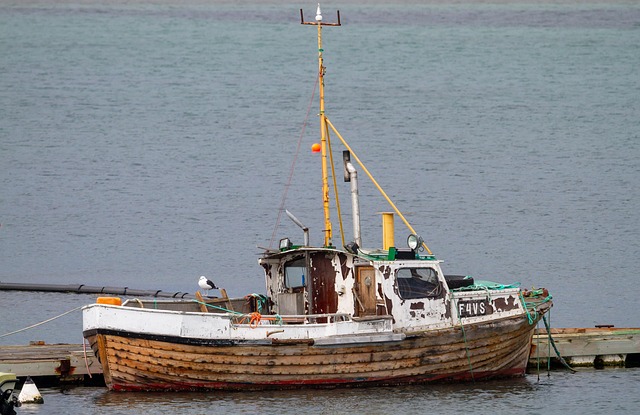
Catching salmon in Lane County involves tailoring your techniques based on water conditions, which can vary significantly throughout the year and across different rivers. During spring, when water levels are high and currents strong, anglers often use spin-casting or trolling with large lures to target salmon migrating upriver. In contrast, calmer waters in late summer and fall call for more precise methods like fly fishing or jigging, allowing for a more subtle presentation that appeals to cautious autumnal salmon.
Understanding current strength and water clarity enables fishermen to choose the right gear and bait. Heavier lines and stronger rods are suitable for rougher conditions, while lighter setups can be more effective in clearer, shallower waters. Anglers may also adjust their tactics by incorporating different types of bait, such as live bait or artificial lures, depending on what the salmon seem most inclined to feed upon at any given time.
Local Regulations and Tips for Responsible Fishing
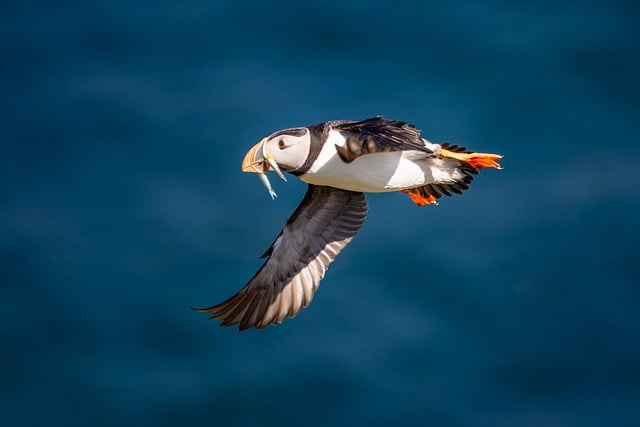
Fishing in Lane County’s rivers offers a unique opportunity to connect with nature, but it comes with responsibilities. Local regulations are in place to protect both the fish population and the environment, ensuring sustainable fishing practices for future generations. Anglers should familiarize themselves with these rules, which often include size limits, catch limits, and closed seasons, specific to each river. Adhering to these guidelines is crucial for maintaining a healthy salmon population.
When partaking in Lane County salmon fishing techniques, remember to practice catch-and-release if keeping fish isn’t permitted. Use proper gear to minimize damage to the riverbed and surrounding habitats. Respect private property along the riversides and stay on designated access points. Responsible angling not only ensures the preservation of these beautiful rivers but also enhances the overall experience for everyone enjoying this natural treasure.

